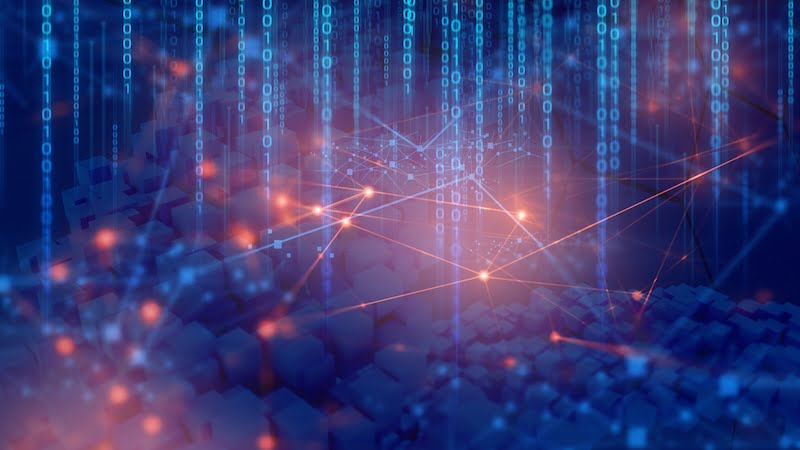
Artificial intelligence apparently cannot learn continuously. Rather, the training of an AI must always start from the beginning if new data is to be added. The background.
AI models cannot learn over time like humans. This is the result of a recent study published in the scientific journal Nature According to this, AI models can no longer update themselves and learn from new data after their initial training phase.
This means that if new data is to be added, training must begin from scratch with the larger data set. This forces technology companies to invest billions of US dollars to further develop their models.
AI: Training with new data starts from scratch
Most AI systems are so-called neural networks, which are modeled on the human brain in their functionality. They have artificial neurons to process information.
In order for the interaction between humans and artificial intelligence to work, an AI must first be trained with data. It can then use this information to respond to text input, as is the case with ChatGPT, for example.
However, according to the researchers, the neurons can no longer update themselves and learn from new data once they have completed the initial training. This means that most AI models have to be retrained from scratch if new data is to be added.
A team of researchers from the University of Alberta in Canada has therefore investigated whether artificial intelligence can be adapted so that a system continuously learns. They first discovered that the artificial neurons reach their limits relatively quickly. Study leader Shibhansh Dohare said: “If you imagine it like your brain, then 90 percent of the neurons are dead. There simply aren't enough left to learn.”
Artificial Intelligence: Performance decreases with increasing training
The researchers initially tested AI using a database consisting of 14 million simple images. Instead of training the system once and then testing it, they retrained it after each pair of images. The result: after several thousand training sessions, the model became increasingly worse. More and more neurons appeared to be “dead”.
According to the scientists, however, there may be a way to get around the problem. They developed an algorithm that randomly switched on some neurons after each training session. This reduced performance to a lesser extent. Shibhansh Dohare commented: “If a [Neuron] has died, we simply revive it. Now it is capable of learning again.”
According to the researchers, the algorithm is promising, but needs to be tested with larger AI systems before it can be guaranteed that it works.
“A continuous learning solution is literally a billion-dollar question,” said Dohare. “A true, comprehensive solution that would allow you to continuously update a model would significantly reduce the cost of training those models.”
Also interesting:
Source: https://www.basicthinking.de/blog/2024/08/23/studie-ki-kann-nicht-kontinuierlich-dazulernen-training-startet-stets-bei-null/


